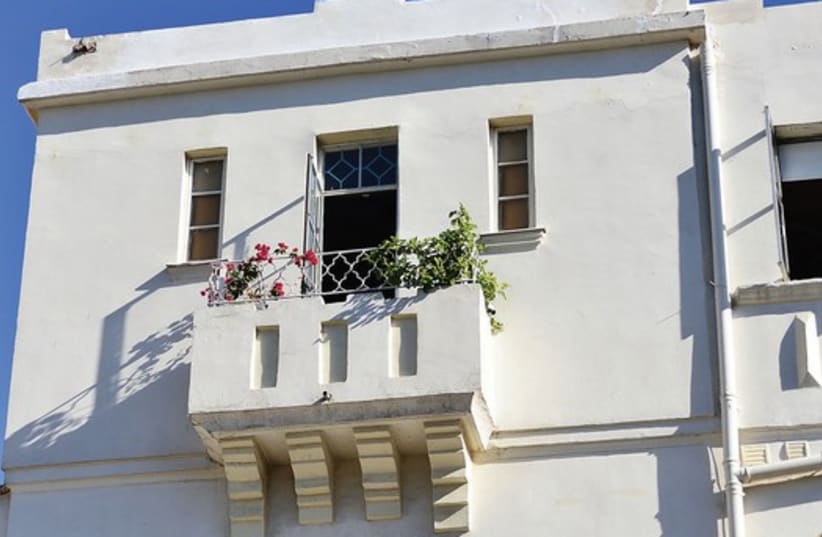When the Nazis closed down the Bauhaus school they could not have foreseen it would have a huge impact on the first Hebrew city, Tel Aviv, so why did the curators of a new exhibition about Bauhaus claim ‘Zionists’ worked with Nazis?
Buhaus was a modernist approach to modern design and living that sought to place the everyday man and his needs at the center, preferring a clean and simple style. The meaning of the name is ‘Builders Hut’ and it was in sharp contrast with both previous German architecture that favored elaborate details and the Nazi view of massive architecture that, as Albert Speer said, was designed with the image of how it would look after a thousand years in mind.
Due to the involvement of Jewish-German people in the school’s work, some of the people behind it fled to pre-state Israel from the Nazis. Many of the early houses in Tel Aviv, known today as ‘The White City,’ were designed by them or their students.
Celebrating 100 years to the foundation of the Bauhaus movement, the city of Dessau opened the Bauhaus Museum in 2019 with an exhibition titled ‘The Transfer Agreement.”
Curated by Hila Cohen-Schneiderman and created in cooperation with the White City Center, the exhibition deals with the Haavara Agreement that enabled 50,000 German Jews to reach pre-state Israel in exchange of 150 mil Reichsmarks.
Writing about the exhibition, Yisrael Hayom claims artist Jonathan Touitou used notes from the 2007 book 'Overcoming Zionism' by the late US scholar Joel Kovel. In the exhibition, Touitou suggests ‘Right leaning Zionists’ are responsible to the 1929 Arab riots, that Jewish labor to develop agriculture allegedly poisoned the ground because of chemical fertilizers, and that the Kibbutz movement did not accept Arab members.
The exhibition also focuses on how the passage of German goods into pre-state Israel, done to save Jewish lives, damaged the financial interests of Arabs, the report claims.
It should be noted that there were efforts by the Kibbutz movement to integrate young Arabs by the creation of the ‘Pioneer Arab Youth movement’ as reported in Haaretz in July 2019, the movement existed between 1951-1966.
Curator Hila Cohen-Schneiderman said that the exhibition is not meant to deal with factual history of the Transfer Agreements but to explore how they influenced the Jewish, and Arab, populations living in pre-state Israel.
Shira Levy-Binyamini manager of in charge of Liebling Haus - The White City Center said that alongside Joel Kovel the exhibition also has texts about how Jews from Arab countries were mistreated in the early years of the state and invited the public to visit the Israeli exhibition, which reflects many of the same themes as the German one, in November when it opens.
The Nazi willingness to hand over Jews to a zone currently ruled by Britain in exchange for money was during a short period during which the leaders of the Nazi party were not yet certain how they intend to solve what they viewed as ‘The Jewish Problem.’ The decision to carry out what the Nazis called ‘The Final Solution,’ meaning the genocide of all Jewish people within their empire, was decided upon in the Wannsee Conference in 1942.While the system of transports and death camps was decided upon in 1942, mass shooting of Jewish people had been taking place since 1941 when the German army invaded lands held by the Soviet Union.
